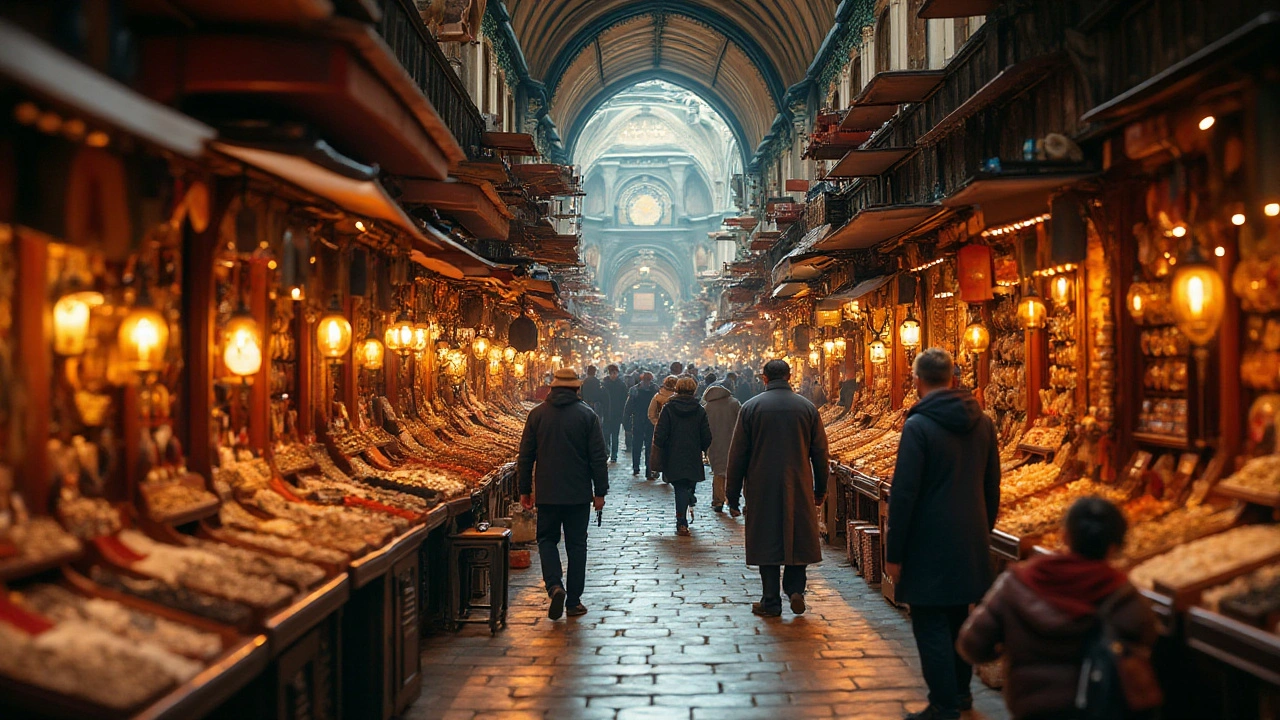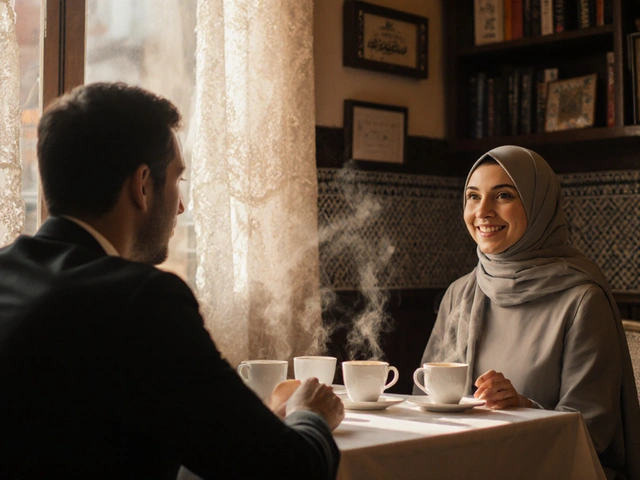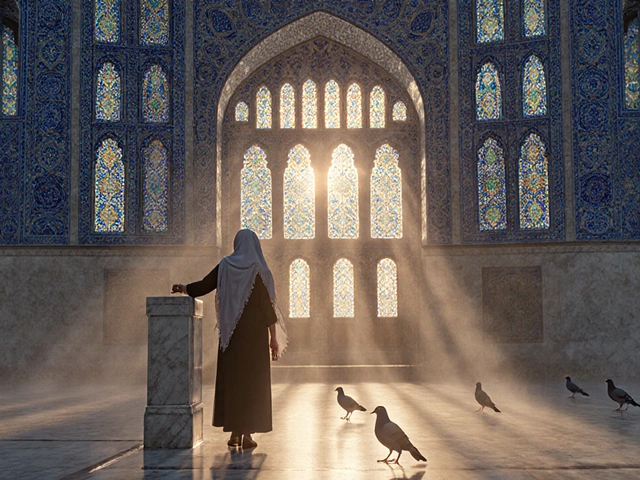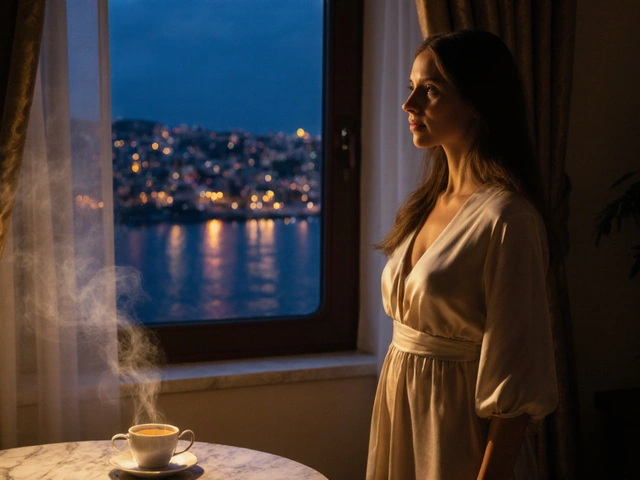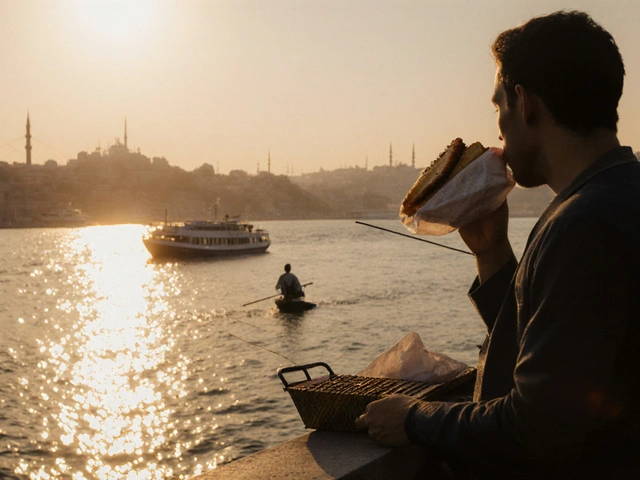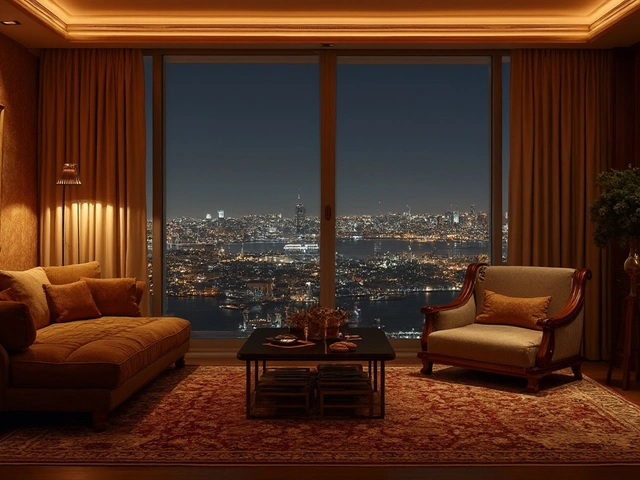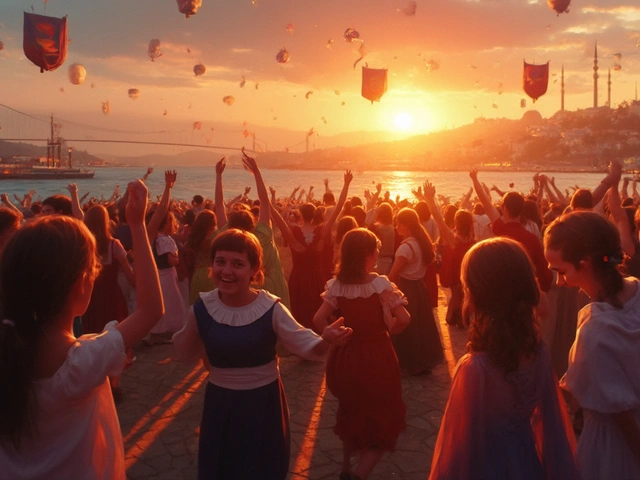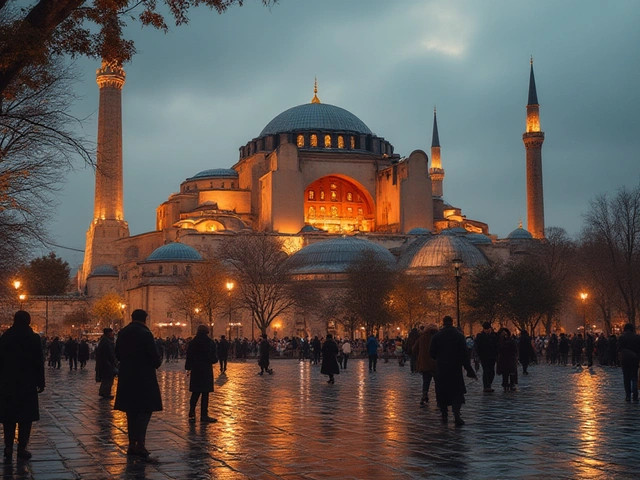Cultural Influence in Istanbul: What Shapes the City Today?
Ever wonder why Istanbul feels like two worlds at once? The answer lies in centuries of cultural exchange between Europe and Asia. Every street, plate, and club tells a story that started long before modern tourism. Knowing these influences helps you pick the right spots, avoid the usual tourist traps, and truly feel the city’s heartbeat.
Nightlife with a Flash of History
When you step into a rooftop bar overlooking the Bosphorus, you’re not just drinking a cocktail—you’re joining a tradition that began with Ottoman sultans hosting foreign envoys. Places like Kiki Nightclub or Flekk blend modern beats with classic Turkish décor, so you get a taste of past opulence alongside today’s EDM. If you want a more intimate vibe, try a hidden mezze lounge in Kadıköy. The owner will often share anecdotes about the district’s 19th‑century fishing villages, turning a simple night out into a cultural lesson.
For a truly unique experience, explore masquerade clubs. These events borrow from Venetian carnivals that once visited Istanbul’s ports. Wearing a mask isn’t just about fun—it’s a nod to the city’s historic role as a meeting point for traders, artists, and diplomats.
Food That Marries East and West
Late‑night eats are another window into cultural influence. A kebab stall near Taksim might serve spices that arrived via Silk Road caravans, while a bakery in Sultanahmet offers baklava recipes passed down from Greek and Arabic kitchens. Ordering a plate of köfte after midnight lets you taste a blend of Persian herbs and Mediterranean grilling techniques.
Don’t overlook the Grand Bazaar. Beyond shopping, the market offers snack stalls where you can try Turkish coffee brewed the Ottoman way. The ritual of pouring the grounds into a cup reflects ancient Middle Eastern practices that have survived modern hustle.
If you travel with family, head to hands‑on museums like Istanbul Modern or the Istanbul Aquarium. These venues adapt Western interactive exhibit styles to showcase Turkish art, maritime history, and scientific achievements, showing how education itself is a cultural hybrid.
Every attraction—from the Blue Mosque’s intricate tile work to the underground mystery of the Basilica Cistern—embodies a layer of cultural influence. The Blue Mosque mixes Ottoman architecture with Persian motifs, while the Cistern’s marble columns were originally sourced from Byzantine churches. Knowing these details makes your visit more than a photo op; it becomes a lesson in how empires built on each other’s ideas.
So how do you turn this knowledge into a better trip? Start by mapping out a mix of old and new: a historic site in the morning, a local eatery for lunch, a family‑friendly activity in the afternoon, and a nightlife spot that honors the city’s past in the evening. Use public transport to glide between neighborhoods—each tram line narrates a different chapter of Istanbul’s story.
Bottom line: Istanbul’s cultural influence isn’t a static museum exhibit; it’s a living, breathing mix you can taste, hear, and feel. By focusing on the heritage behind each experience, you’ll walk away with more than souvenir photos—you’ll carry the city’s rich past into your own memories.
